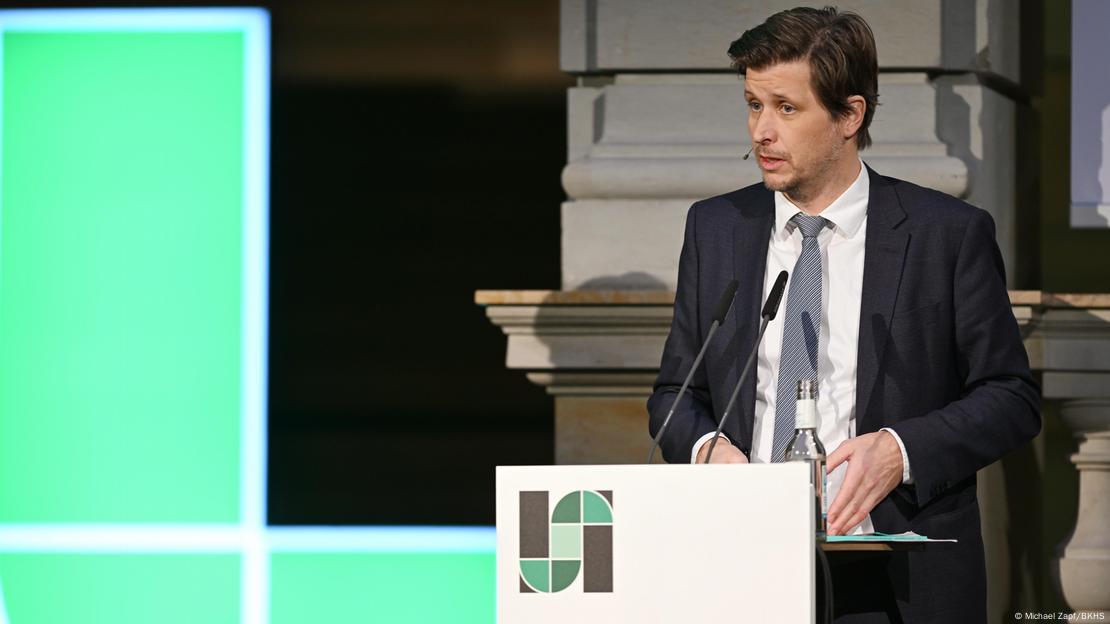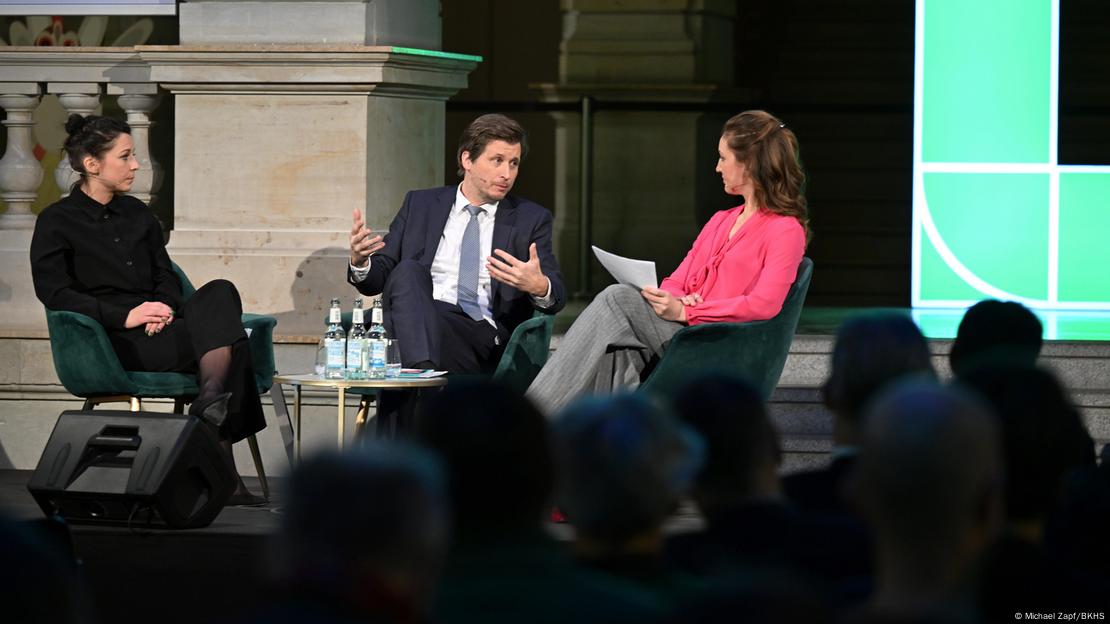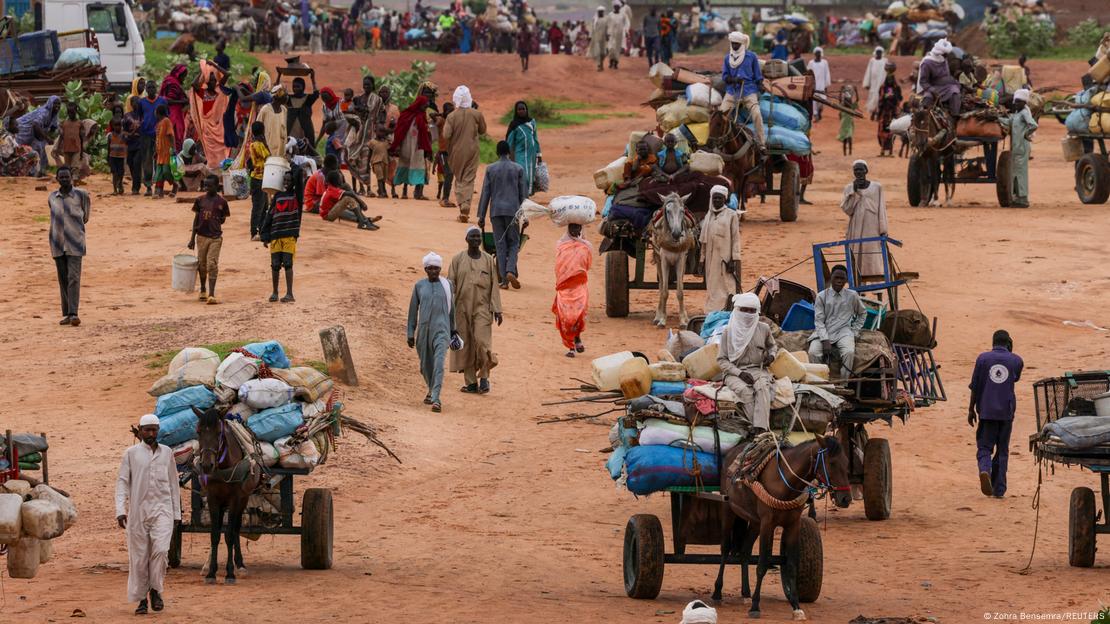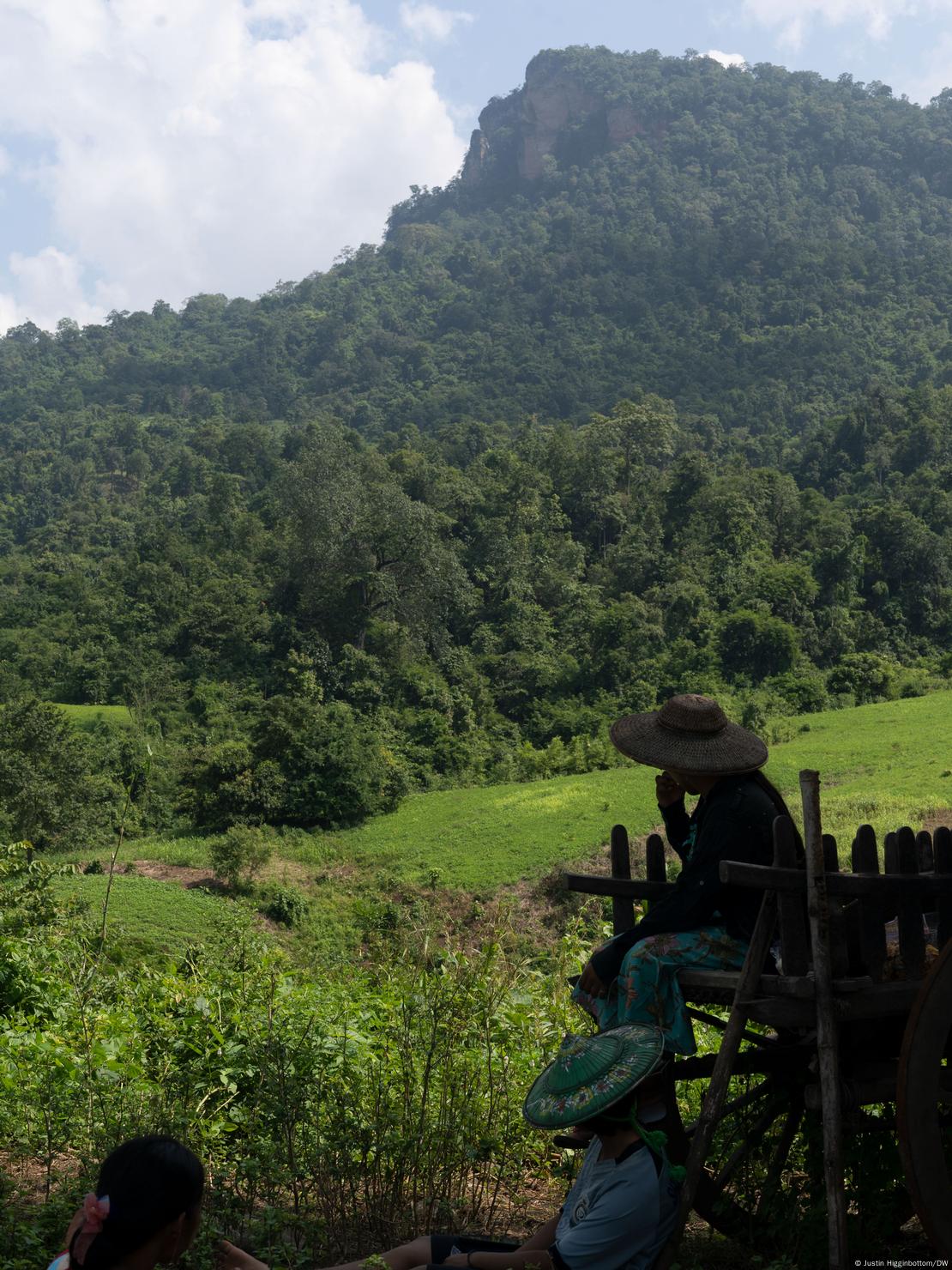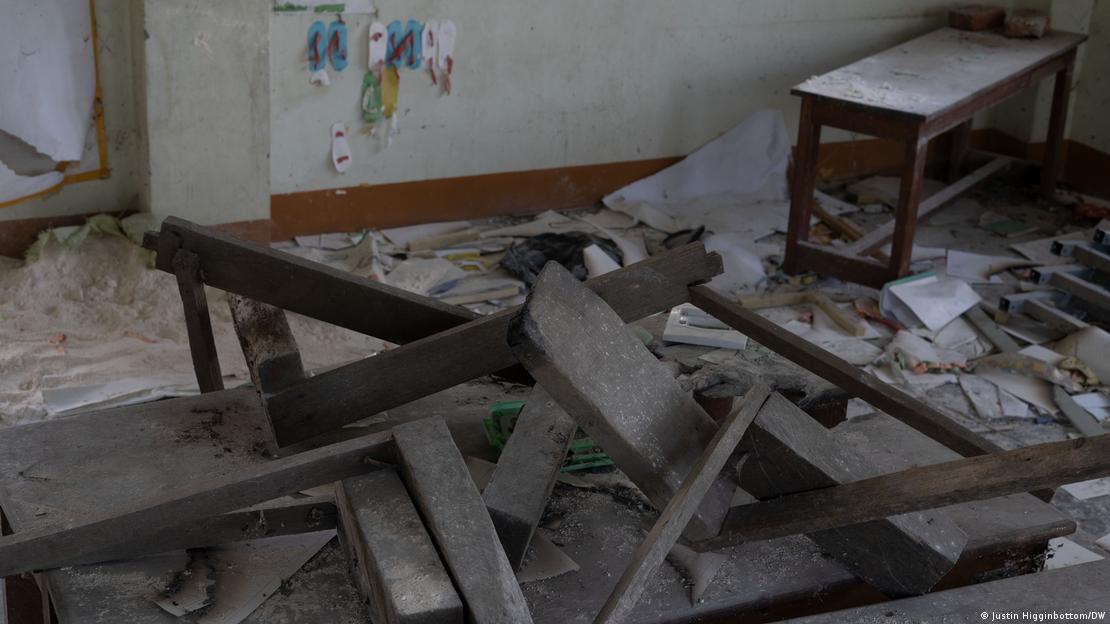Study reveals distinct brain activity triggered by memories of trauma
New Haven, Conn. — It is well known that people who have lived through traumatic events like sexual assault, domestic abuse, or violent combat can experience symptoms of post-traumatic stress disorder (PTSD), including terrifying flashbacks, severe anxiety, and uncontrollable thoughts about the incident. But what exactly happens in the brains of PTSD patients as they recall these traumatic events? Are they remembered the same way as, say, the loss of a beloved pet — or, for that matter, a relaxing walk on the beach?
A new study co-led by Yale researchers finds that the brain activity triggered by recollections of traumatic experiences among people with PTSD is in fact markedly different from that which occurs when remembering sad or “neutral” life experiences.
In the study, which involved 28 different patients diagnosed with PTSD, researchers found that brain patterns were consistent across all individuals when they recalled their more typical life experiences. But when reminded of traumatic events from their past, neural responses differed significantly among the individuals.
“When people recall sad or neutral events from their past experience, the brain exhibits highly synchronous activity among all PTSD patients,” said Yale’s Ilan Harpaz-Rotem, professor of psychiatry and psychology at Yale and co-senior author of the paper. “However, when presented with stories of their own traumatic experiences, brain activity was highly individualized, fragmented, and disorganized.
“They are not like memories at all.”
The study, conducted with researchers at Icahn School of Medicine at Mount Sinai in New York, is published Nov. 30 in the journal Nature Neuroscience.
For the study, the researchers asked each of the 28 participants a range of questions, which pertained to their traumatic experiences, events in their lives that caused sadness (such as the death of a family member), and moments when they felt relaxed. Each person’s story was written down and then read back to them while they underwent fMRI (functional magnetic resonance imaging) scans, which are used to map brain activity based on blood flow.
The researchers found that activity in the hippocampus — the area of the brain that forms memories of our experiences — followed similar patterns of activity among all subjects when they were reminded of sad or relaxing experiences from their lives, suggesting typical normal memory formation.
But when stories about their traumatic experiences were read back to them, the similarities in hippocampal activity among the group members disappeared. Instead, the hippocampus of each subject exhibited highly individualized and fragmented activity, unlike the more synchronous patterns of brain activity during normal memory formation.
The results could explain why PTSD patients have difficulty recalling traumatic experiences in a coherent way and hints at why these past experiences can trigger disabling symptoms, the researchers say.
These insights may help psychotherapists guide PTSD patients to develop narratives about their experiences which may help them eliminate the sense of immediate threat caused by their trauma, Harpaz-Rotem said.
JOURNAL
Nature Neuroscience
Traumatic memories are represented differently than regular sad memories in the brains of people with PTSD, new research shows
IMAGE:
EXPERIENCING TRAUMATIC MEMORIES
view moreCREDIT: MOUNT SINAI HEALTH SYSTEM
A new analysis of the brain activity of people with post-traumatic stress disorder (PTSD) is the first to reveal that traumatic memories are represented in the brain in an entirely different way than sad autobiographical memories.
This finding supports the notion that traumatic memories in PTSD are an alternate cognitive entity that deviates from regular memory, and may provide a biological explanation for why the recall of traumatic memories often displays as intrusions that differ profoundly from “regular” negative memories for patients with PTSD.
The study, conducted by researchers at the Icahn School of Medicine at Mount Sinai and Yale University and published November 30 in Nature Neuroscience, was also the first to examine people’s real-life personal memories rather than looking at basic cognitive mechanisms, in order to link personal experience to brain function.
“For people with PTSD, recalling traumatic memories often displays as intrusions that differ profoundly from processing of ‘regular’ negative memories, yet until now, the neurobiological reasons for this qualitative difference have been poorly understood,” said Daniela Schiller, PhD, Professor of Psychiatry, and Neuroscience, at Icahn Mount Sinai and senior author of the paper. “Our data show that the brain does not treat traumatic memories as regular memories, or perhaps even as memories at all. We observed that brain regions known to be involved in memory are not activated when recalling a traumatic experience. This finding provides a neural target and focuses the goals of returning traumatic memories into a brain state akin to regular memory processing.”
Previous research has established that the brain region known as the hippocampus governs the formation and retrieval of episode memories. PTSD is associated with structural abnormalities (predominantly a reduction of volume) of the hippocampus, and impairments to hippocampal processes are focal to PTSD pathophysiology. The posterior cingulate cortex (PCC) has been demonstrated to be heavily involved in both narrative comprehension and autobiographical processing and, particularly, in emotional memory imagery. Alterations in PCC function and connectivity are specifically focal to PTSD.
To examine whether and how the hippocampus and posterior cingulate cortex differentiate traumatic autobiographical memories from sad ones, 28 participants diagnosed with PTSD underwent reactivation of autobiographical memory through script-driven imagery while undergoing functional magnetic resonance imaging (fMRI).
First, to generate stimuli based on participants’ individual autobiographical memories, the researchers used an imagery development procedure. Participants elaborated on three types of autobiographical memories: the “PTSD” condition: the traumatic memory associated with their PTSD (e.g., combat, sexual assault, domestic violence), the “sad” condition: a sad, meaningful, but non-traumatizing experience (e.g., death of a family member or pet), the “calm” condition: a positive, calm event (e.g., memorable outdoor activities).
These highly personal depictions of autobiographical memory were then systematically arranged into an audio clip approximately 120 seconds long, narrated by a member of the research staff. Notably, the PTSD and sad narratives were scripted to maximize their structural similarity to each other, to control for content and arousal. Participants listened to this novel rendition of their own memories for the first time while undergoing functional magnetic resonance imaging.
The team hypothesized that across PTSD participants, semantic similarity would correspond to neural similarity: if the personal memories of two participants are semantically close, their patterns of neural responses while listening to audio recordings of these memories should be similar as well. If traumatic and sad memories are just different cases of autobiographical memories, the researchers expected to observe semantic-to-neural correspondence across pairs of traumatic memories and pairs of sad memories alike. However, if traumatic autobiographical memories depart from—rather than being a version of—sad autobiographical memories, then they would observe the semantic-to-neural relationship only for sad, but not traumatic, memories.
The research team was intrigued to find that patterns in the hippocampus showed a differentiation in semantic representation by narrative type. In the hippocampus, sad scripts that were semantically similar across participants elicited similar neural representations on fMRI. Conversely, thematically similar traumatic autobiographical memories did not elicit similar representations.
Importantly, the researchers also found a positive relationship between semantic content and neural patterns of the traumatic narratives in the PCC, a brain region that was recently conceptualized as a cognitive bridge between the world events and representation of the self.
The study identifies a neural basis of the different subjective experience of recalling a traumatic memory as opposed to a regular memory. The data suggests that a treatment target aimed at “returning” the traumatic memory representation into a typical hippocampal representation may be beneficial.
About the Mount Sinai Health System
Mount Sinai Health System is one of the largest academic medical systems in the New York metro area, with more than 43,000 employees working across eight hospitals, more than 400 outpatient practices, more than 300 labs, a school of nursing, and a leading school of medicine and graduate education. Mount Sinai advances health for all people, everywhere, by taking on the most complex health care challenges of our time—discovering and applying new scientific learning and knowledge; developing safer, more effective treatments; educating the next generation of medical leaders and innovators; and supporting local communities by delivering high-quality care to all who need it. Through the integration of its hospitals, labs, and schools, Mount Sinai offers comprehensive health care solutions from birth through geriatrics, leveraging innovative approaches such as artificial intelligence and informatics while keeping patients’ medical and emotional needs at the center of all treatment. The Health System includes approximately 7,400 primary and specialty care physicians; 13 joint-venture outpatient surgery centers throughout the five boroughs of New York City, Westchester, Long Island, and Florida; and more than 30 affiliated community health centers. Hospitals within the System are consistently ranked by Newsweek’s® “The World’s Best Smart Hospitals, Best in State Hospitals, World Best Hospitals and Best Specialty Hospitals” and by U.S. News & World Report's® “Best Hospitals” and “Best Children’s Hospitals.” The Mount Sinai Hospital is on the U.S. News & World Report® “Best Hospitals” Honor Roll for 2023-2024.
###
JOURNAL
Nature Neuroscience
METHOD OF RESEARCH
Observational study
SUBJECT OF RESEARCH
People
ARTICLE TITLE
Neural patterns differentiate traumatic from sad autobiographical memories in PTSD'
ARTICLE PUBLICATION DATE
30-Nov-2023

